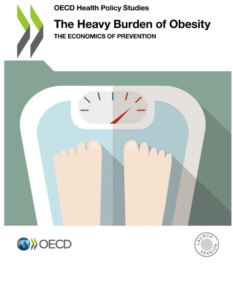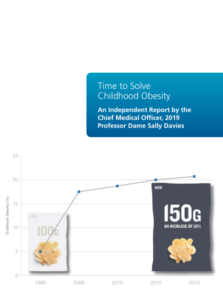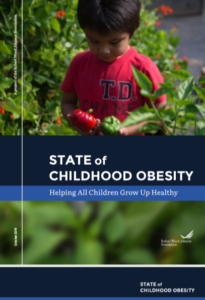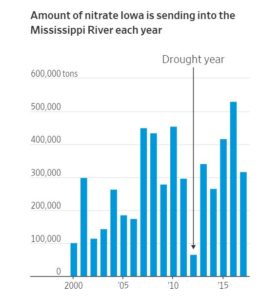A collection of articles about Gluten
One of those industry newsletters I follow closely is BakeryAndSnacks.com. It published an “Editor’s Spotlight: Maintaining the gluten free trajectory.”
Gluten is a normal protein in wheat and some other grains which, in some people, forms a toxic product that causes celiac disease, severe damage to the digestive tract, and other symptoms. People with celiac disease must scrupulously avoid foods with gluten. Fortunately, many gluten-free foods are available.
Let’s start with my favorite recent article on the topic: Gluten-sensitive liberals? Investigating the stereotype suggests food fads unite us all.
The food industry makes and sells gluten-free products. Here’s what gluten-free looks like from the business perspective.
- Coeliac UK is issuing a call out for new ambassadors to shine a spotlight on children and the fortification of gluten free flour: Coeliac disease affects about one in 100 people in the UK – which, along with the half a million people who still haven’t been diagnosed – giving gluten free producers an extensive, and loyal customer base. And it’s growing. Read more
- Revolutionary technology drastically cuts time and energy use in manufacturing gluten free bread: Study: A group of European scientists have successfully made gluten free bread using a technique called Ohmic heating (OH), in which the bread itself is a conductor for electricity. Read more
- Obà launches pasta made from gluten-free environmentally-friendly ancient grain Fonio: The Italian firm has developed a gluten-free pasta made from a West African ancient grain called Fonio. Read more
- Study finds celiac disease more likely for at-risk children who eat gluten: Researchers analyzed the gluten intake of more than 6,000 genetically predisposed children and found a 6% to 7% risk level for every additional gram of gluten consumed. Read more
- Life after gluten free: What will happen to the trend when consumers move on to ‘the next best thing’? Gluten free is one of the most popular diet trends around the world, but the number of people who actually need to avoid gluten for medical reasons is relatively small. Today, one in five people reduce or eliminate gluten from their diet because they believe it to be healthier. Read more
- Gluten-free flour from spent coffee grounds snags Mondelēz’s first SnackFutures ‘Shark Tank’ award: Mondelēz International announced the two winners of its first SnackFutures ‘Future of Snacking’ pitch competition at the Seeds & Chips annual Global Innovation Summit held in Milan, Italy, from May 6-9 2018. Read more
- Researchers develop gluten-busting wheat: A group of international researchers have developed a new wheat variety that is safe to be consumed by people who suffer from celiac disease and gluten allergies. Read more
- EU approves commercialisation of gluten-free ancient grain that could aid food security: Italian firm Obà Food has received the green light from the European Commission to market the West African ancient grain called Fonio on the continent. Read more
- Low gluten high fiber wheat alternative swoops up Best Better-for-You Ingredient of the Year: Tritordeum has added another award to its belt with the nomination of the Best Better-for-You Ingredient of the Year at the Food Matters Live Awards 2018. Read more
- ‘Warburtons’ Free From business is testimony that free from is here to stay’: Raising issues is BakeryandSnacks’ online series profiling influential people working in the bakery industry. Today, we chat to Chris Hook, Free From business director for Warburtons. Read more

 This one was produced by the OECD (Organisation for Economic Co-operation and Development). It finds: “Almost one in four people in OECD countries is currently obese. This epidemic has far-reaching consequences for individuals, society and the economy. Using microsimulation modelling, this book analyses the burden of obesity and overweight in 52 countries (including OECD, European Union and G20 countries), showing how overweight reduces life expectancy, increases healthcare costs, decreases workers’ productivity and lowers GDP.”
This one was produced by the OECD (Organisation for Economic Co-operation and Development). It finds: “Almost one in four people in OECD countries is currently obese. This epidemic has far-reaching consequences for individuals, society and the economy. Using microsimulation modelling, this book analyses the burden of obesity and overweight in 52 countries (including OECD, European Union and G20 countries), showing how overweight reduces life expectancy, increases healthcare costs, decreases workers’ productivity and lowers GDP.”




